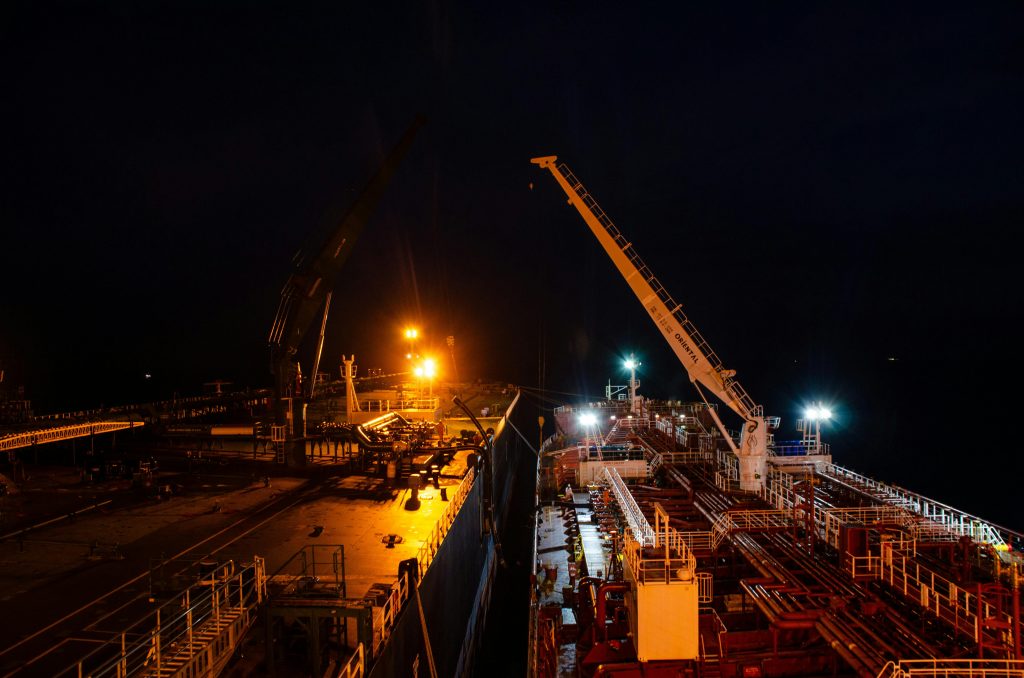
Underwater construction is a highly specialized and complex undertaking, involving the coordination of diverse disciplines, strict safety protocols, and a deep understanding of environmental conditions. Whether you’re building a bridge foundation, laying subsea pipelines, constructing offshore wind farms, or developing underwater tunnels, successful project planning is crucial to ensure safety, efficiency, and long-term structural integrity.
This guide provides a comprehensive look at what you need to know when planning an underwater construction project, covering every critical phase—from initial site assessment to environmental compliance and logistics.
1. Understand the Scope and Purpose of the Project
Before any design or technical work begins, it’s vital to clearly define the objectives of the underwater construction project. Is it to support a land-based structure like a bridge? Is it part of a marine energy system? Each purpose brings different requirements and constraints.
Key Questions:
- What is the primary function of the structure?
- What are the projected loads and environmental stresses?
- Is the site permanent, temporary, or subject to future modification?
Clearly outlining the purpose helps determine everything from foundation types to required equipment and workforce specialization.
2. Conduct Thorough Site and Environmental Assessments
Bathymetric and Geological Surveys:
Use sonar mapping, multibeam echo sounders, and core sampling to assess the underwater terrain. These surveys reveal the composition, slope, and stability of the seabed, which is crucial for determining foundation design.
Hydrological Studies:
Measure current speeds, tidal fluctuations, and wave actions. These factors impact both the construction process and the long-term durability of the structure.
Environmental Impact Assessments (EIA):
Understand how the construction might affect marine ecosystems, including fish migration routes, coral beds, and water quality. Most regions require EIAs before issuing permits, and failing to comply can result in fines or shutdowns.
3. Select the Appropriate Construction Methodology
The unique conditions of each project—depth, current, visibility, and soil type—will determine the best underwater construction methods.
Common Methods:
- Cofferdams for shallow, temporary dry work zones.
- Caissons for deep-water permanent foundations.
- Tremie concrete placement for submerged concrete work.
- Prefabricated modular installations for reducing underwater labor.
Choosing the right method requires balancing safety, cost, technical feasibility, and environmental limitations.
4. Choose the Right Equipment and Technology
Your equipment list should match the demands of the project. This includes:
- Diving systems (surface-supplied air, decompression chambers)
- Underwater robotics (ROVs and AUVs)
- Hydraulic power tools (saws, drills, impact wrenches)
- Survey and positioning systems (sonar, GPS, acoustic beacons)
- Lifting systems (cranes, lift bags, jack-up platforms)
Early equipment planning helps avoid delays and ensures readiness for the unique demands of the underwater environment.
5. Develop a Detailed Construction Schedule and Budget
Time and money are critical in underwater construction, where delays can mean increased costs, dangerous conditions, or environmental violations.
Important Inclusions:
- Weather windows: Account for tides, seasonal storms, and underwater visibility.
- Permit and inspection delays: Factor in potential hold-ups from regulatory bodies.
- Contingency plans: Allocate budget and time for unexpected issues like equipment failure or geological surprises.
Planning a realistic timeline and budget—based on real data and previous project benchmarks—is key to success.
6. Assemble a Skilled, Multidisciplinary Team
Underwater construction requires collaboration between civil engineers, marine biologists, commercial divers, surveyors, safety officers, and logistics managers.
Roles You’ll Need:
- Marine construction project manager
- Certified commercial divers and dive supervisors
- Environmental compliance officers
- Structural engineers
- Underwater welding specialists
- ROV pilots and robotic technicians
Coordination between these experts ensures the project adheres to technical, legal, and environmental standards.
7. Comply with Regulatory and Safety Standards
Permits and compliance measures are non-negotiable in underwater construction.
Common Regulatory Requirements:
- Coastal development permits
- Environmental protection clearances
- Diver safety certifications (e.g., IMCA, ADCI)
- Equipment inspections and certifications
You’ll also need emergency protocols, including decompression plans, surface support vessels, and medical contingencies.
8. Monitor and Adapt During Construction
Once construction begins, constant monitoring is essential.
On-Site Monitoring Includes:
- Real-time diver communication and tracking
- ROV footage for inspections and progress tracking
- Structural integrity checks
- Environmental monitoring (turbidity, noise, sediment displacement)
Unexpected events—like sudden current shifts or seabed changes—require rapid response and flexibility in planning.
9. Post-Construction Evaluation and Maintenance Planning
After construction wraps up, a detailed inspection and evaluation phase ensures that the structure performs as expected. This includes:
- Structural integrity testing
- Settling or movement tracking
- Leak and corrosion inspections
- Scheduling future maintenance intervals
Structures under constant water pressure and corrosion require proactive maintenance plans to extend their lifespan and avoid costly failures.
Conclusion: Building Smart Below the Surface
Planning an underwater construction project is about more than just building underwater—it’s about creating a robust strategy that addresses technical complexity, safety, environmental sensitivity, and long-term viability. From pre-construction surveys to diver safety and post-project evaluations, every detail counts.
With the right preparation, skilled team, and a deep understanding of underwater environments, even the most ambitious submerged construction projects can be completed efficiently, safely, and sustainably.
